Phyllida Barlow has us on the edge at the Royal Academy
The British sculptor’s teetering site-specific installations open up new perspectives to the London institution’s architecture
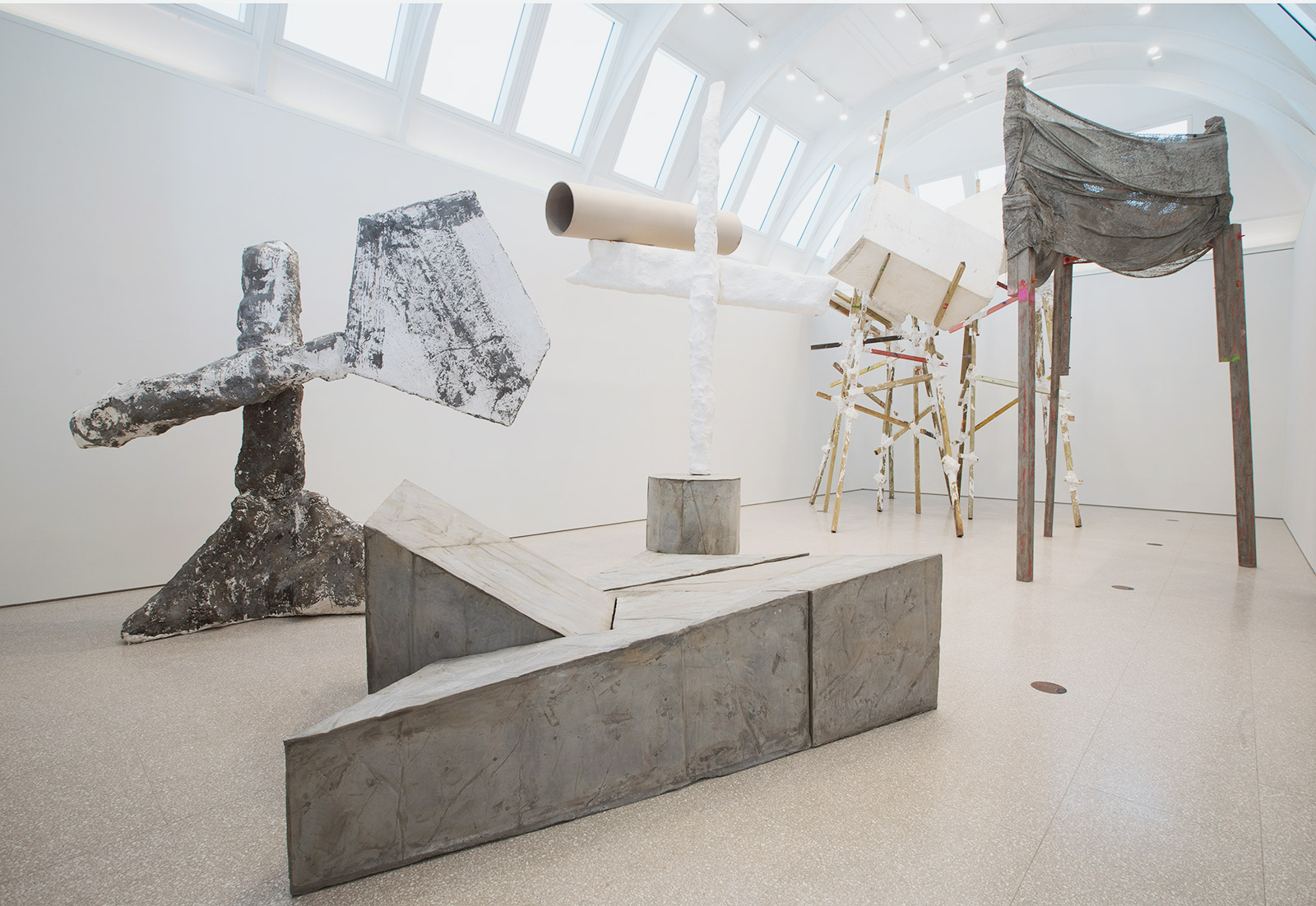
There is palpable momentum behind the sculptural force that is Phyllida Barlow. Her latest operatic aria for the Royal Academy, fulfils every expectation of the acclaimed British sculptor: master of paradaox, connoisseur of materiality and astute interrogator of space. All offset with her unique self-effacing, quietly-spoken charm. But within this soaring three-room sequence in cement, fabric, polystyrene and plaster, a new type of sculptural magic is afoot.
From the entrance, a linear trajectory unfolds as a figure of eight. Immediately, a flurry of stained canvas drapes, bustling like polychrome ghosts. Dusty reds, oranges, greens and yellows sing to a cheerful tune, the only hint of melancholy in their concrete bases; cold and tactile against the frayed fabric folds. Circling behind the canvas thicket the second masterpiece approaches: a treehouse or watchtower of sorts, asymmetric, three-legged, and unsettlingly top-heavy.
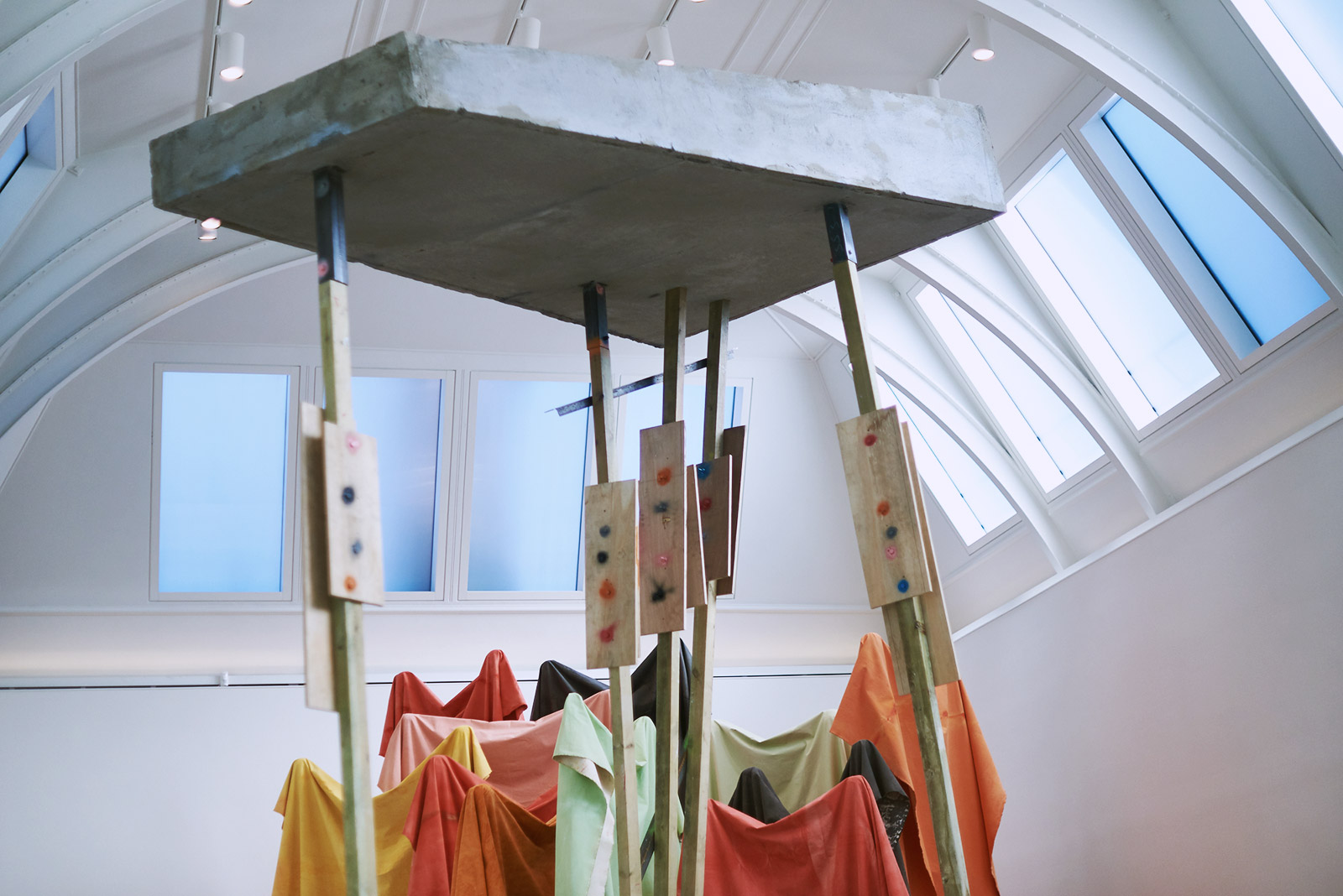
Detail of untitled: lintelshadow, 2018-2019, by Phyllida Barlow.
Derived from her lintel-inspired work, the spindly timber posts surmounted by concrete slab are here mammoth in scale, and strikingly pared back. ‘After Venice, I wanted to break away from things getting submerged,’ Barlow explains. She quotes Brâncuși’s famous proposition: ‘Why would you make a stool with four legs, when three will do?’. This is a the new era for the artist. Theatricality lives on, but her new sculptural agenda is one of expediency, simplicity and precision.
In the second room, space is compressed, ‘like a ship in a bottle’. A tilting platform lowers our gaze, impaled with jagged posts like cranes legs stuck in the mud. In close quarters, a lumpy column of painted dull grey rises floor to ceiling, futile in its engorged proportions. Confusion and illusion rises – the metallic structure pierced with the apparent ease of cardboard, while beckoning the column into its empty concave form. Is this a reference to the ominous, sinister quality a cul-de-sac imbues for the artist? ‘You get to the end and you’re not sure how to get out. It is a David Lynch moment!’
Entering the cul-de-sac of the exhibition, absurd acts of balance reach new heights, literally. Three skip-sized boxes perch atop a rickety timber skeleton, seemingly fixed with no more than dabs of plaster and an upwards prayer. It wills us to climb up to see the view, but we must suspend all disbelief – the effect lies in our imagining, the equivalent of Méret Oppenheim’s fur teacup. ‘You are left in a state of obeyance,’ says Barlow. Never before has a cul-de-sac seemed so psychologically charged, so geniusly irrational, nor so fantastically absurd.
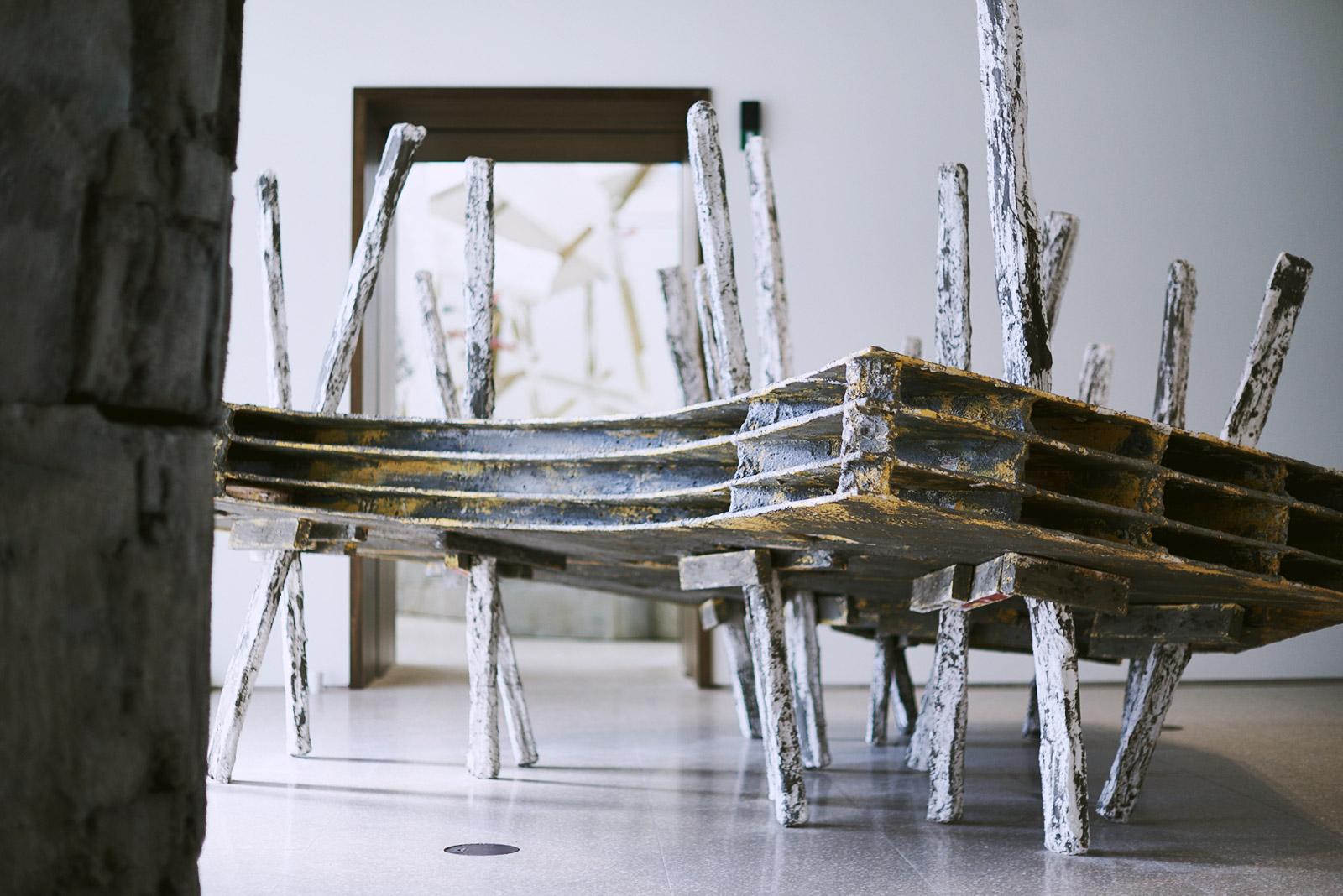
untitled: shadowplatform, 2018–2019, by Phyllida Barlow
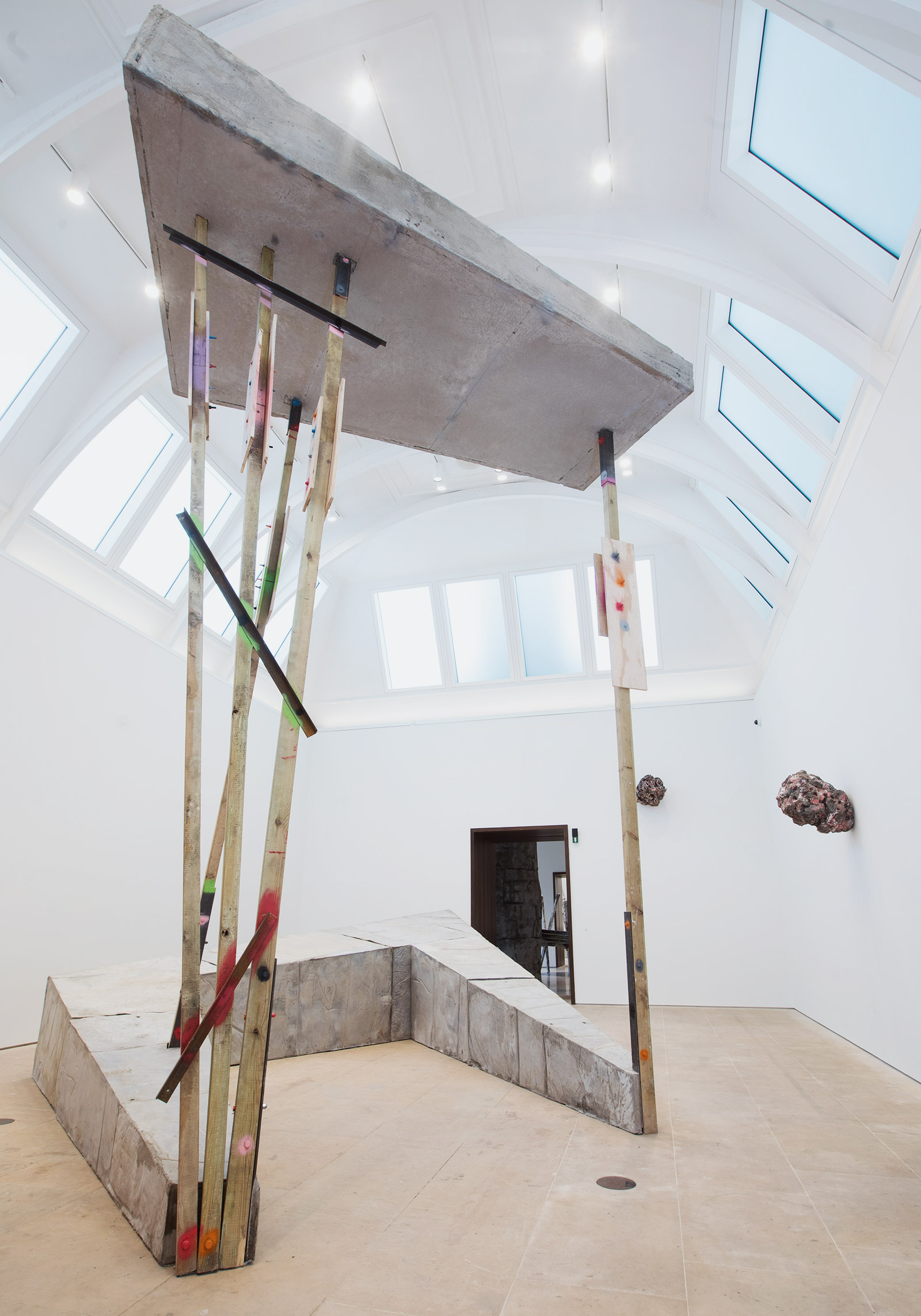
untitled: lintelshadow, 2018-2019, by Phyllida Barlow. Courtesy of the artist and Hauser & Wirth. © Phyllida Barlow and Royal Academy of Arts, London

untitled: canvasracks, 2018-2019, by Phyllida Barlow.
INFORMATION
‘cul-de-sac’ is on view 23 February – 23 June. For more information, visit the Royal Academy website
ADDRESS
Royal Academy
Piccadilly
London W1J 0BD
Receive our daily digest of inspiration, escapism and design stories from around the world direct to your inbox.
-
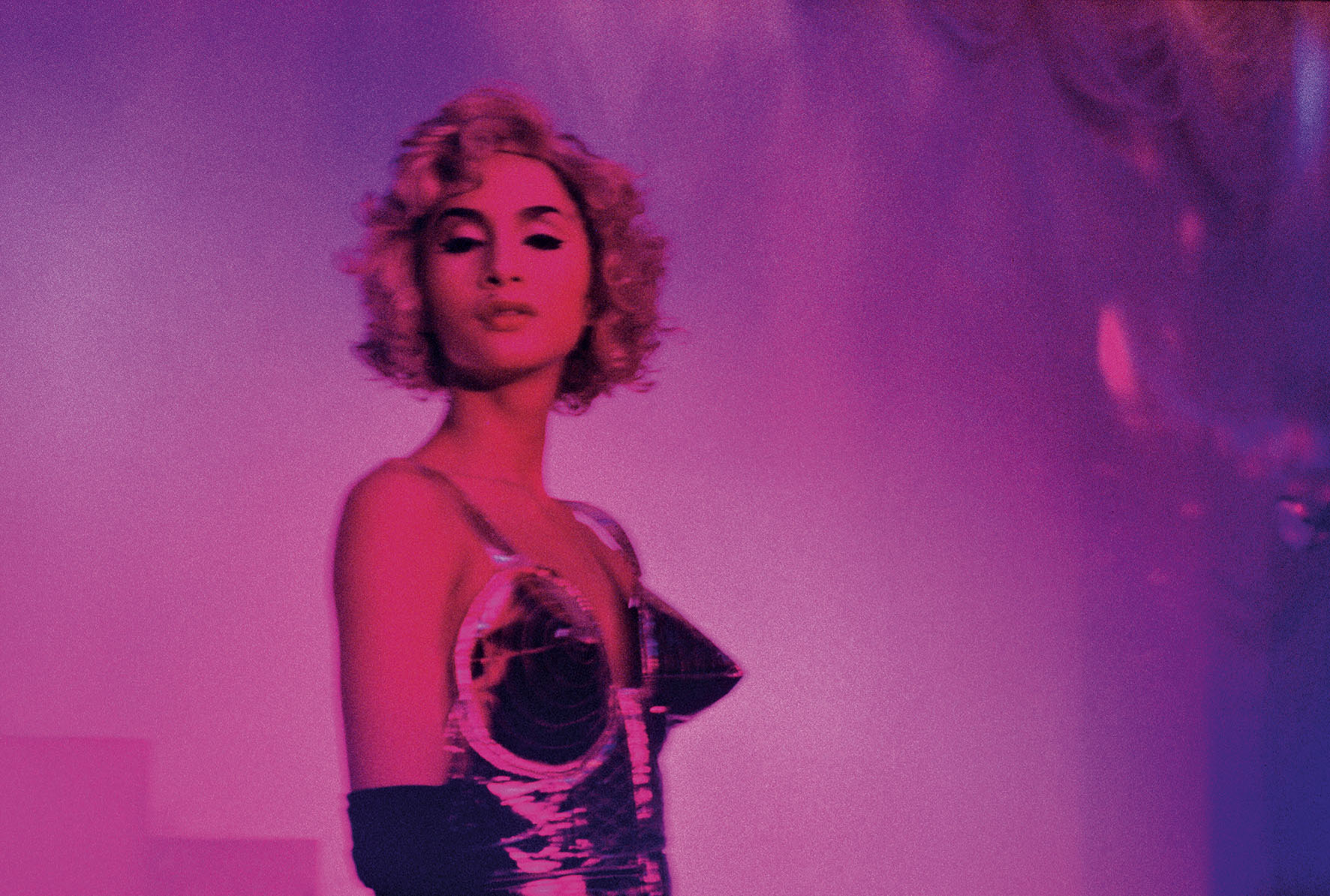 The most comprehensive showing of Nan Goldin’s photographs and films is intense and emotional
The most comprehensive showing of Nan Goldin’s photographs and films is intense and emotionalNan Goldin's moving-image work makes a heavy impact in ‘This Will Not End Well’ at Milan’s Pirelli HangarBicocca
-
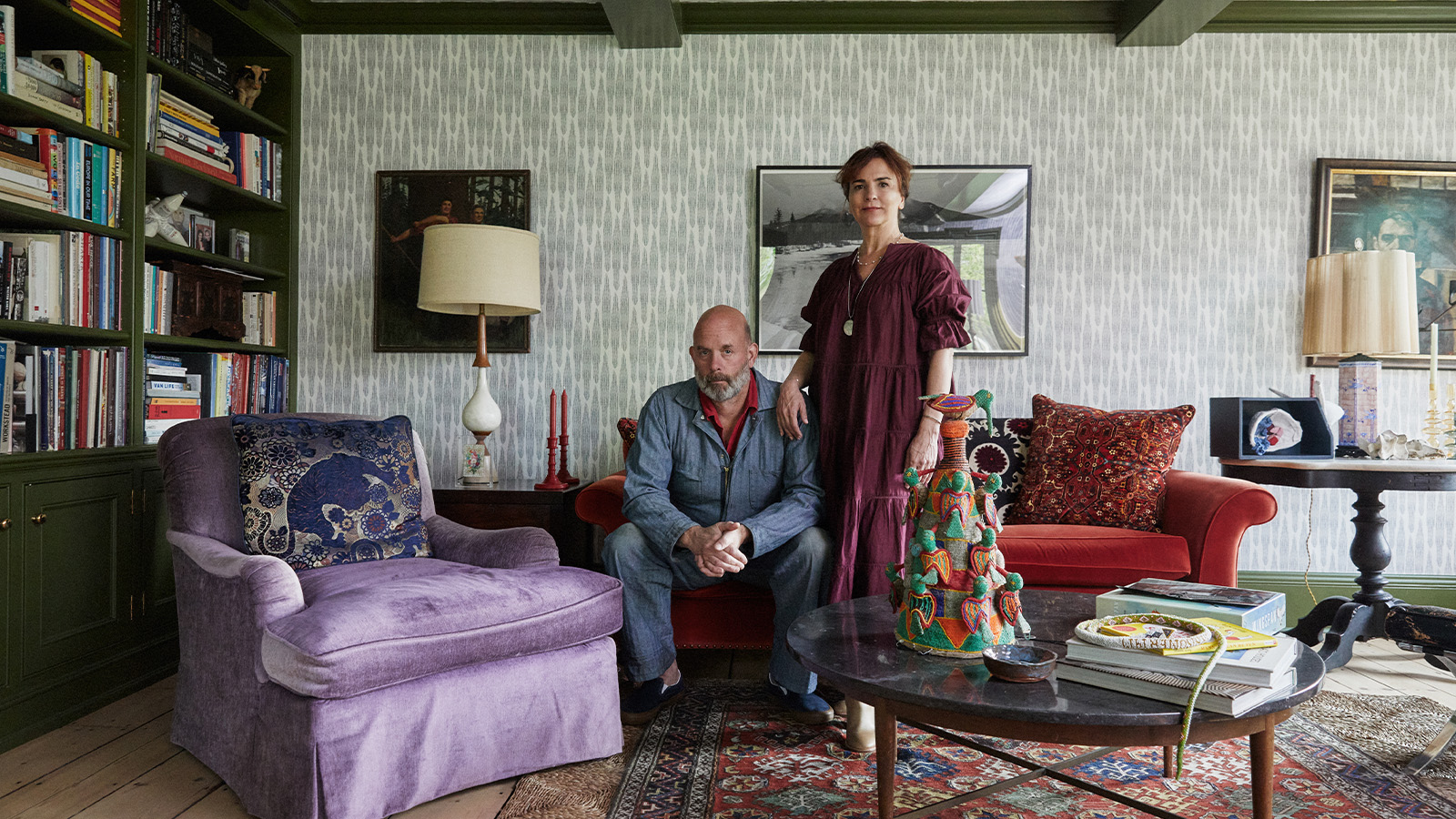 How We Host: Interior designer Heide Hendricks shows us how to throw the ultimate farmhouse fête
How We Host: Interior designer Heide Hendricks shows us how to throw the ultimate farmhouse fêteThe designer, one half of the American design firm Hendricks Churchill, delves into the art of entertaining – from pasta to playlists
-
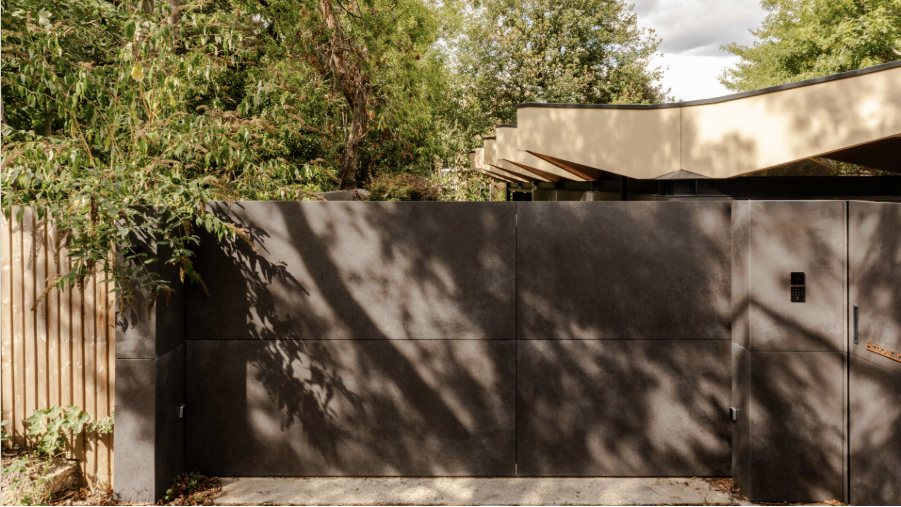 Arbour House is a north London home that lies low but punches high
Arbour House is a north London home that lies low but punches highArbour House by Andrei Saltykov is a low-lying Crouch End home with a striking roof structure that sets it apart
-
 Out of office: The Wallpaper* editors’ picks of the week
Out of office: The Wallpaper* editors’ picks of the weekFar from slowing down for the festive season, the Wallpaper* team is in full swing, hopping from events to openings this week. Sometimes work can feel like play – and we also had time for some festive cocktails and cinematic releases
-
 The Barbican is undergoing a huge revamp. Here’s what we know
The Barbican is undergoing a huge revamp. Here’s what we knowThe Barbican Centre is set to close in June 2028 for a year as part of a huge restoration plan to future-proof the brutalist Grade II-listed site
-
 Out of office: The Wallpaper* editors’ picks of the week
Out of office: The Wallpaper* editors’ picks of the weekIt’s wet, windy and wintry and, this week, the Wallpaper* team craved moments of escape. We found it in memories of the Mediterranean, flavours of Mexico, and immersions in the worlds of music and art
-
 Each mundane object tells a story at Pace’s tribute to the everyday
Each mundane object tells a story at Pace’s tribute to the everydayIn a group exhibition, ‘Monument to the Unimportant’, artists give the seemingly insignificant – from discarded clothes to weeds in cracks – a longer look
-
 Out of office: The Wallpaper* editors’ picks of the week
Out of office: The Wallpaper* editors’ picks of the weekThis week, the Wallpaper* team had its finger on the pulse of architecture, interiors and fashion – while also scooping the latest on the Radiohead reunion and London’s buzziest pizza
-
 Out of office: The Wallpaper* editors’ picks of the week
Out of office: The Wallpaper* editors’ picks of the weekIt’s been a week of escapism: daydreams of Ghana sparked by lively local projects, glimpses of Tokyo on nostalgic film rolls, and a charming foray into the heart of Christmas as the festive season kicks off in earnest
-
 Wes Anderson at the Design Museum celebrates an obsessive attention to detail
Wes Anderson at the Design Museum celebrates an obsessive attention to detail‘Wes Anderson: The Archives’ pays tribute to the American film director’s career – expect props and puppets aplenty in this comprehensive London retrospective
-
 Meet Eva Helene Pade, the emerging artist redefining figurative painting
Meet Eva Helene Pade, the emerging artist redefining figurative paintingPade’s dreamlike figures in a crowd are currently on show at Thaddaeus Ropac London; she tells us about her need ‘to capture movements especially’